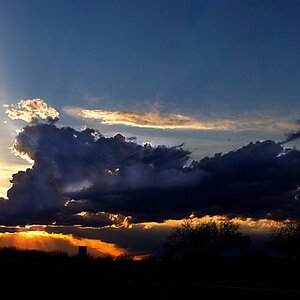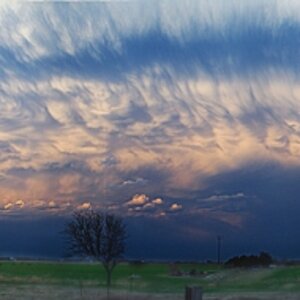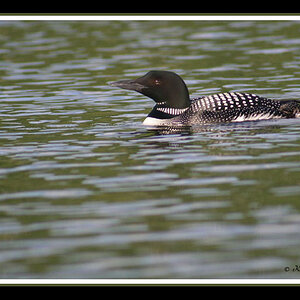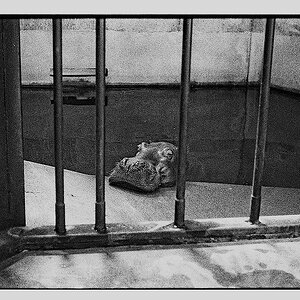hankejp
TPF Noob!
- Joined
- Aug 24, 2008
- Messages
- 608
- Reaction score
- 0
- Location
- Wausau, Wisconsin
- Can others edit my Photos
- Photos OK to edit
I tihnk the title says it all. When do you use a ND Grad filter? All the time, just on Sunny days when a fast shutter speed just isn't enough, etc.
Thanks
Thanks












![[No title]](/data/xfmg/thumbnail/39/39645-11fae384f9fd2ec2813acc42adec0206.jpg?1619739148)
![[No title]](/data/xfmg/thumbnail/34/34061-e097813b3719866d07ff3e78e8119ffa.jpg?1619736258)